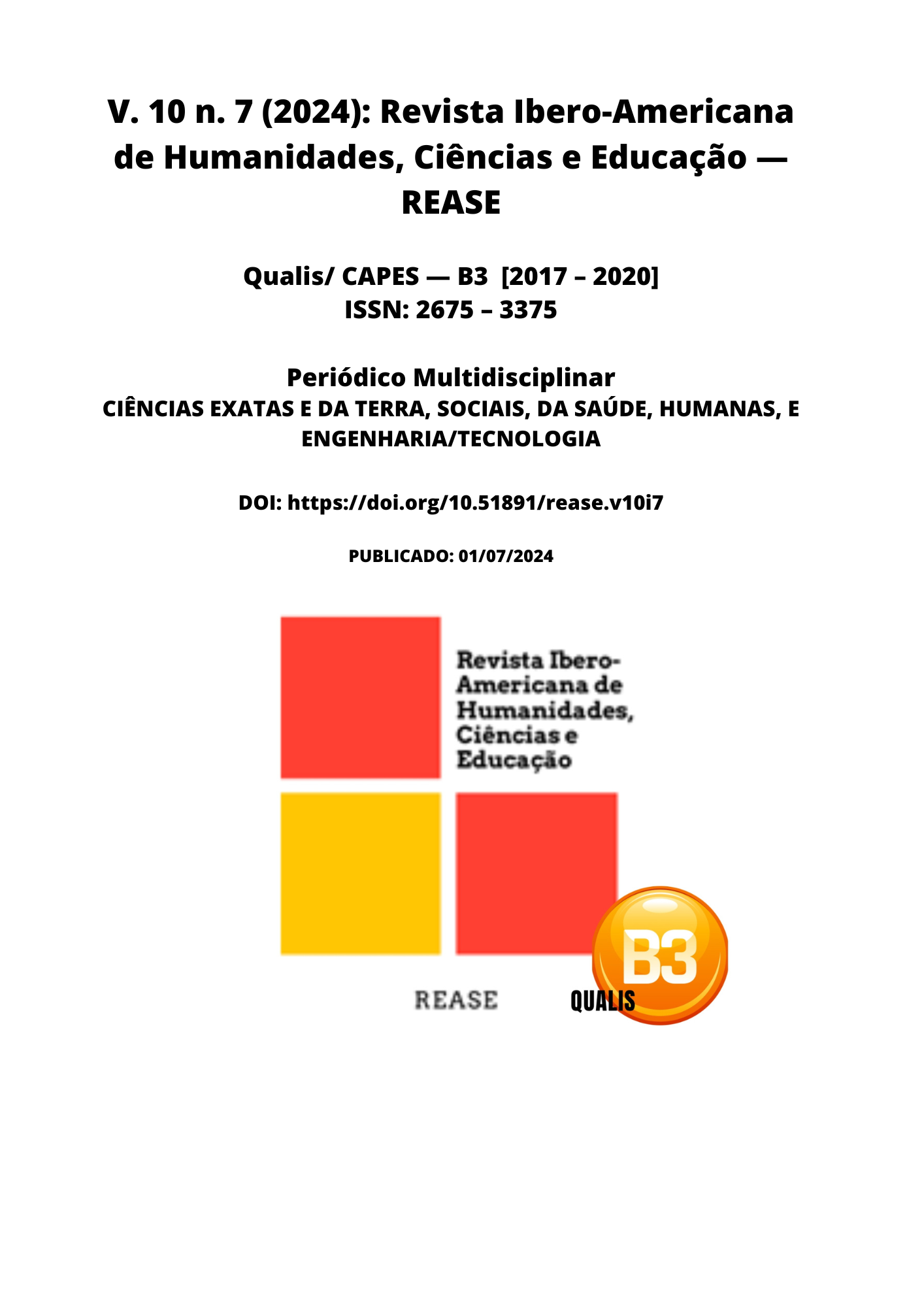PEPTIC ULCER DISEASE: RISK FACTORS, COMPLICATIONS, AND TREATMENT APPROACHES
DOI:
https://doi.org/10.51891/rease.v10i7.14991Keywords:
Nonsteroidal Anti-Inflammatory Drugs. Helicobacter pylori. Peptic Ulcer.Abstract
Peptic Ulcer Disease is a chronic and recurrent condition that affects the mucosa of the upper gastrointestinal tract, primarily manifesting in the stomach and duodenum. This pathology results from an imbalance between aggressive factors, such as Helicobacter pylori infection and the use of nonsteroidal anti-inflammatory drugs, and the mucosal defense mechanisms. Peptic Ulcer Disease is prevalent in 5 to 10% of the global population, with an annual incidence of 0.1 to 0.3%. Despite the reduction in incidence rates, hospitalizations, and mortality over recent decades due to advances in diagnosis and treatment, peptic ulcer disease remains a significant public health concern, associated with severe complications like hemorrhage and perforation that can lead to hospitalization and increased medical costs. The clinical manifestations of Peptic Ulcer Disease include epigastric pain, dyspepsia, nausea, and vomiting, with diagnostic confirmation primarily achieved through upper gastrointestinal endoscopy. Treatment involves the use of proton pump inhibitors and the eradication of H. pylori. This article reviews the main risk factors, complications, and treatment approaches for peptic ulcer disease, based on an analysis of relevant scientific studies.
Downloads
Downloads
Published
How to Cite
Issue
Section
Categories
License
Atribuição CC BY

